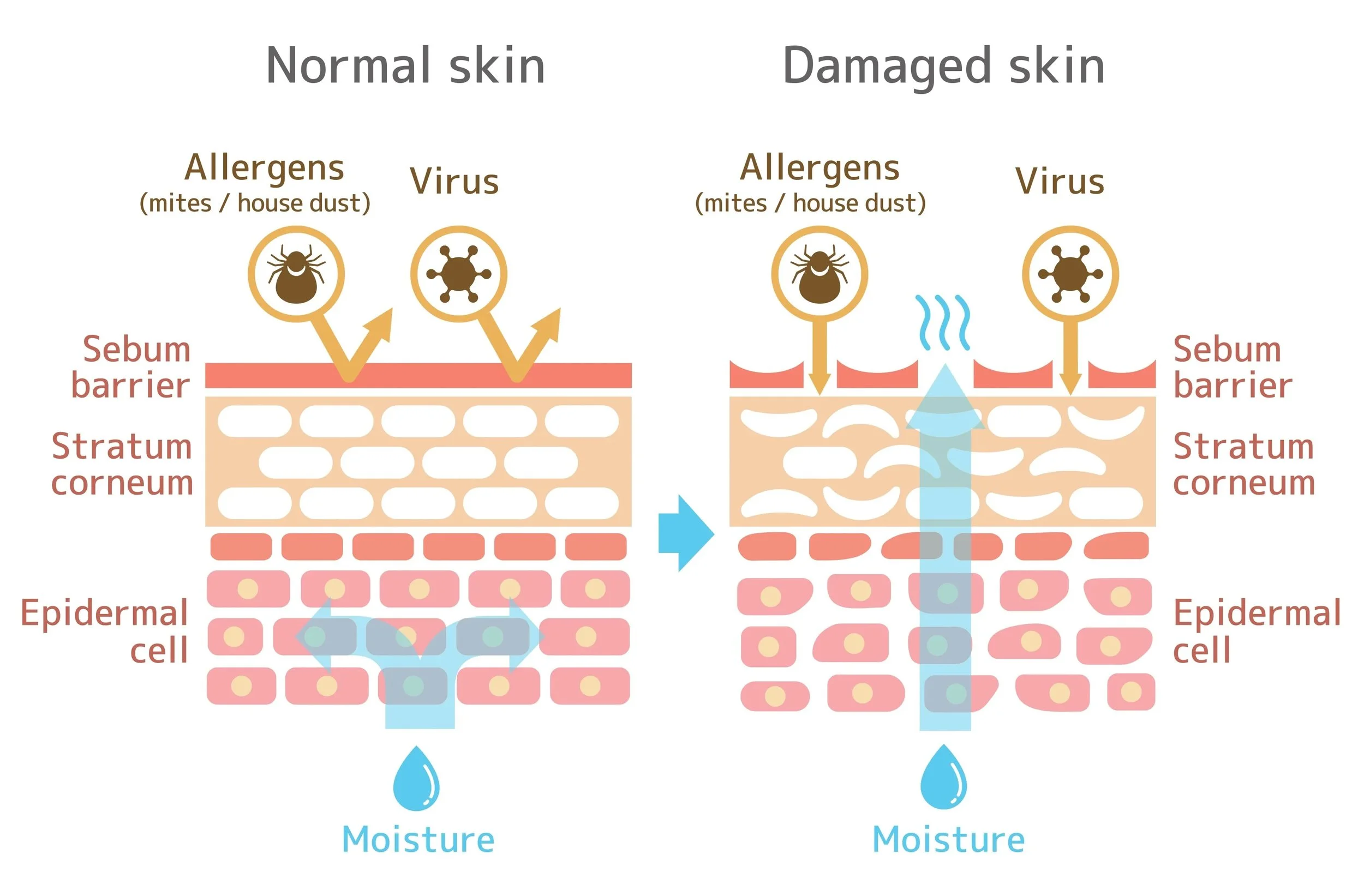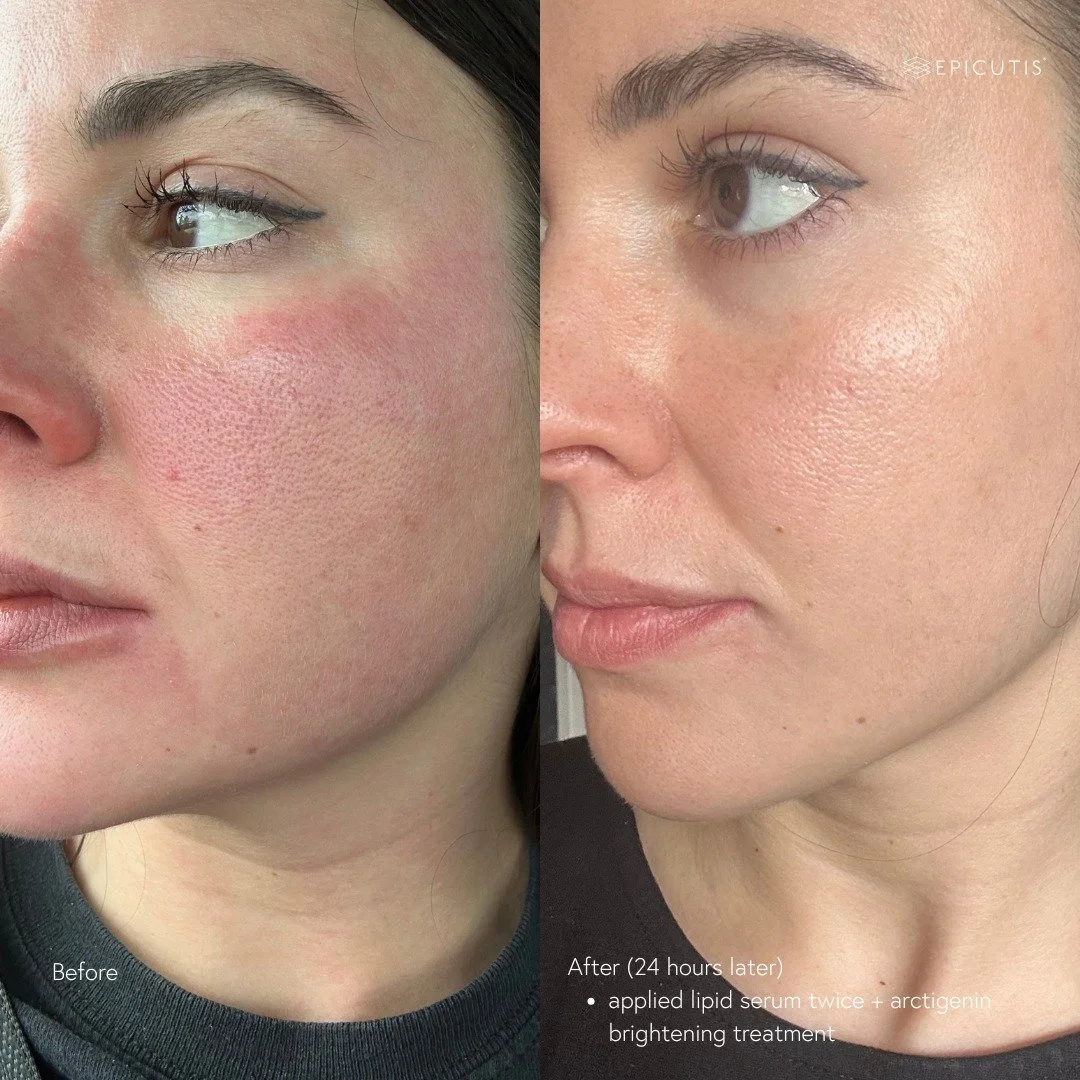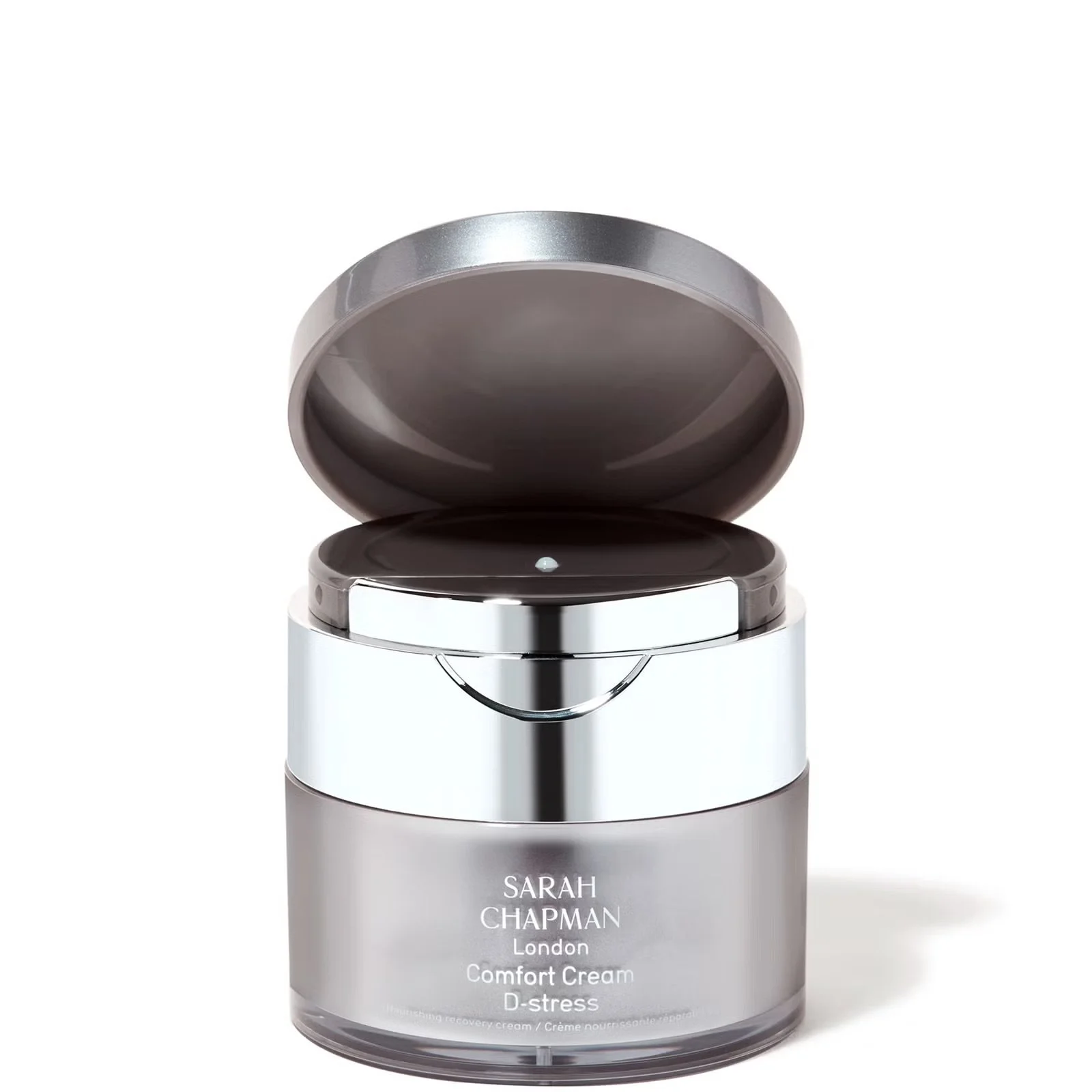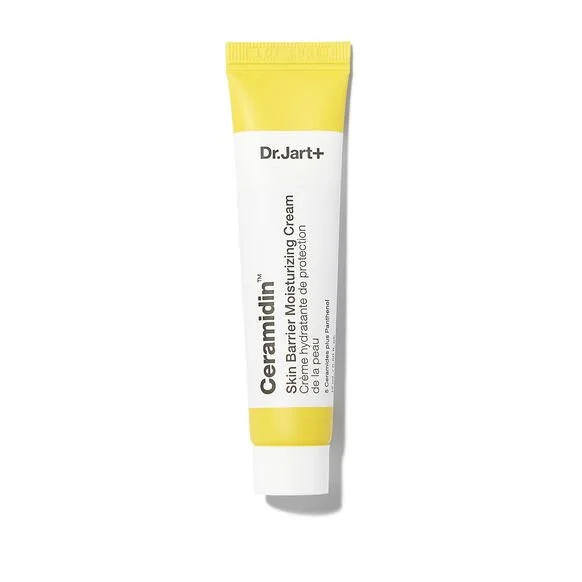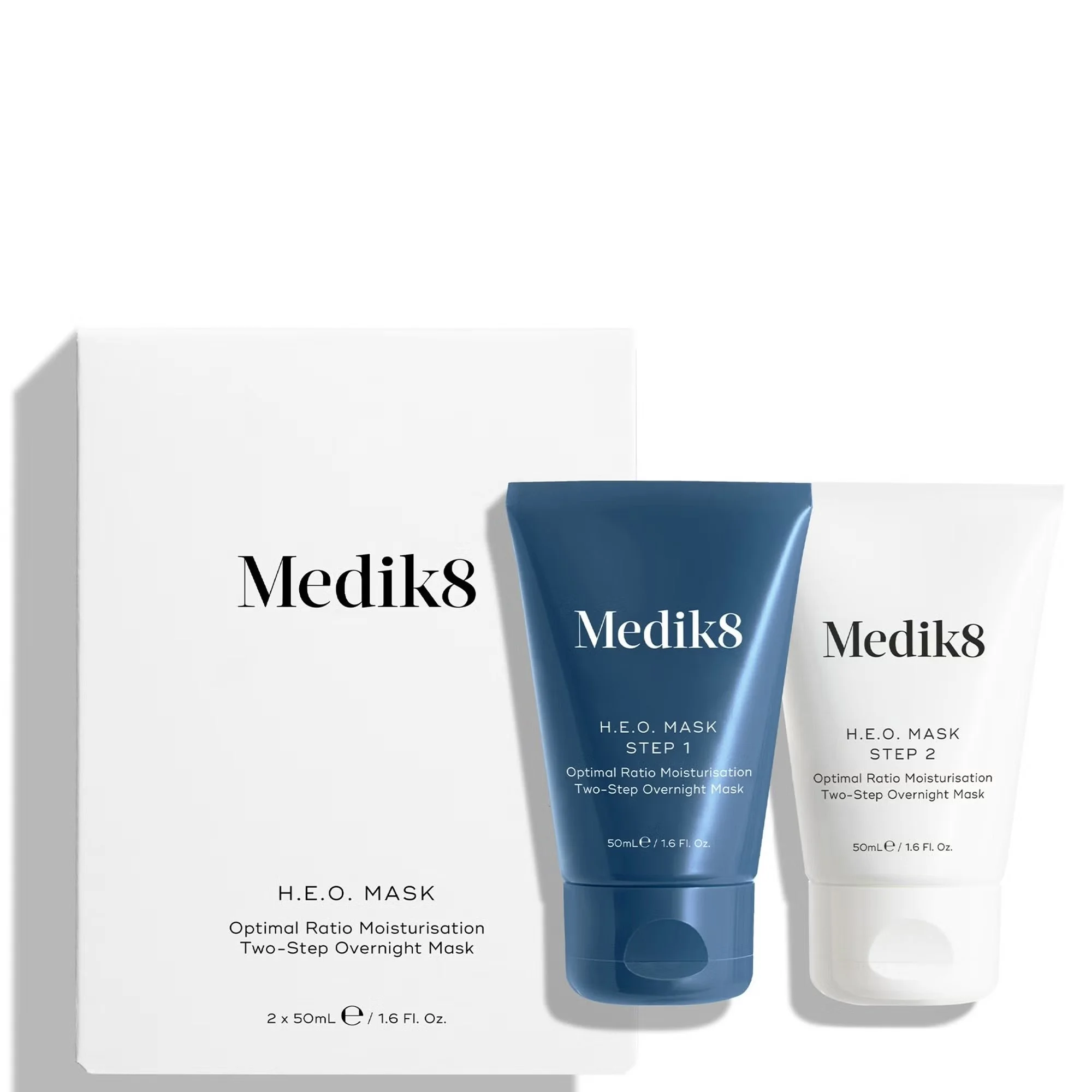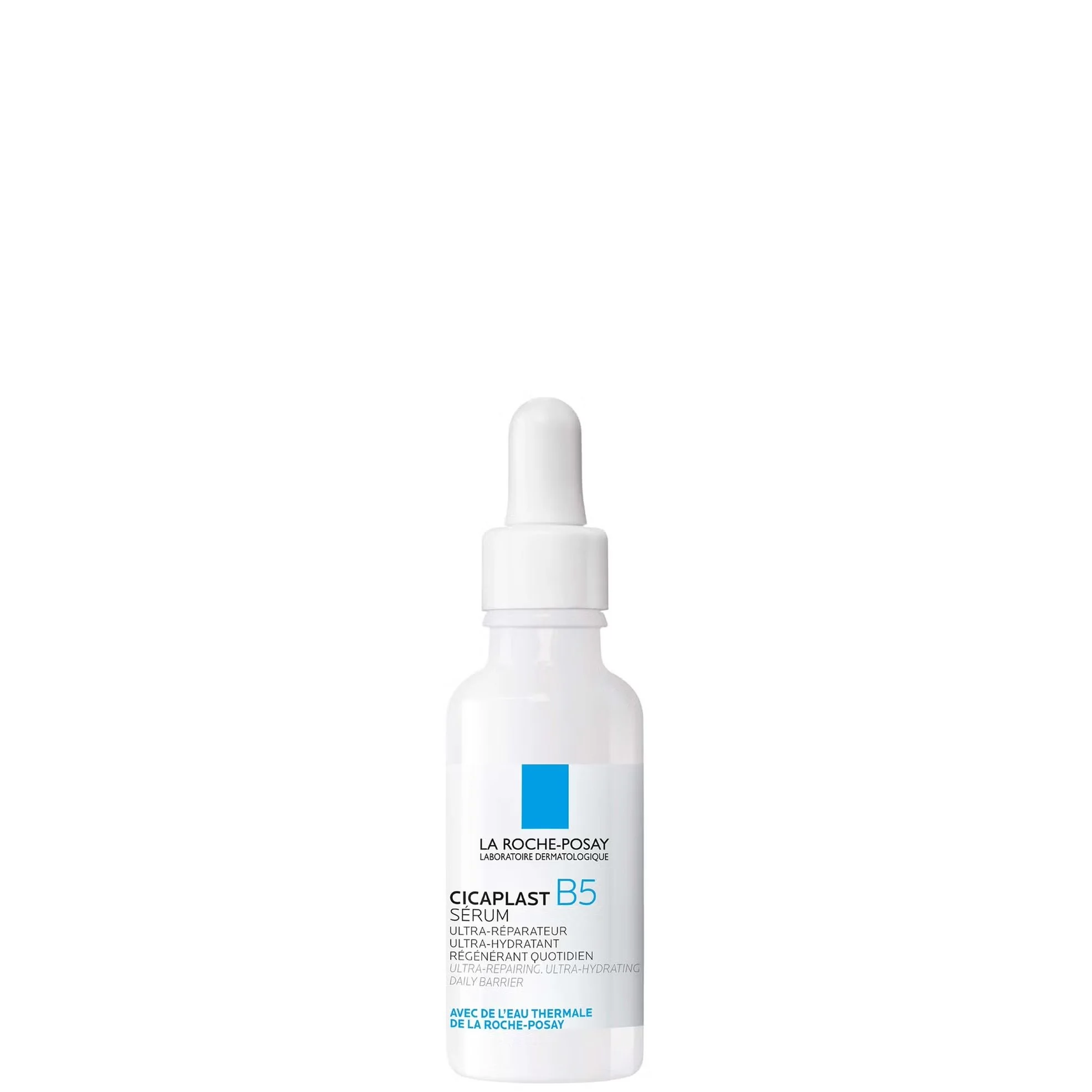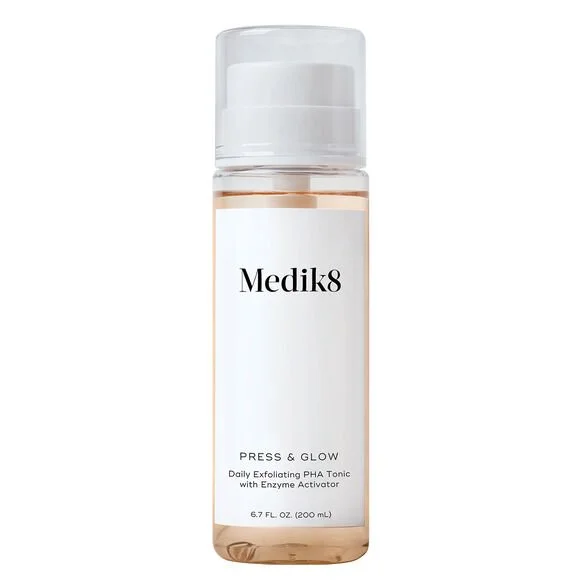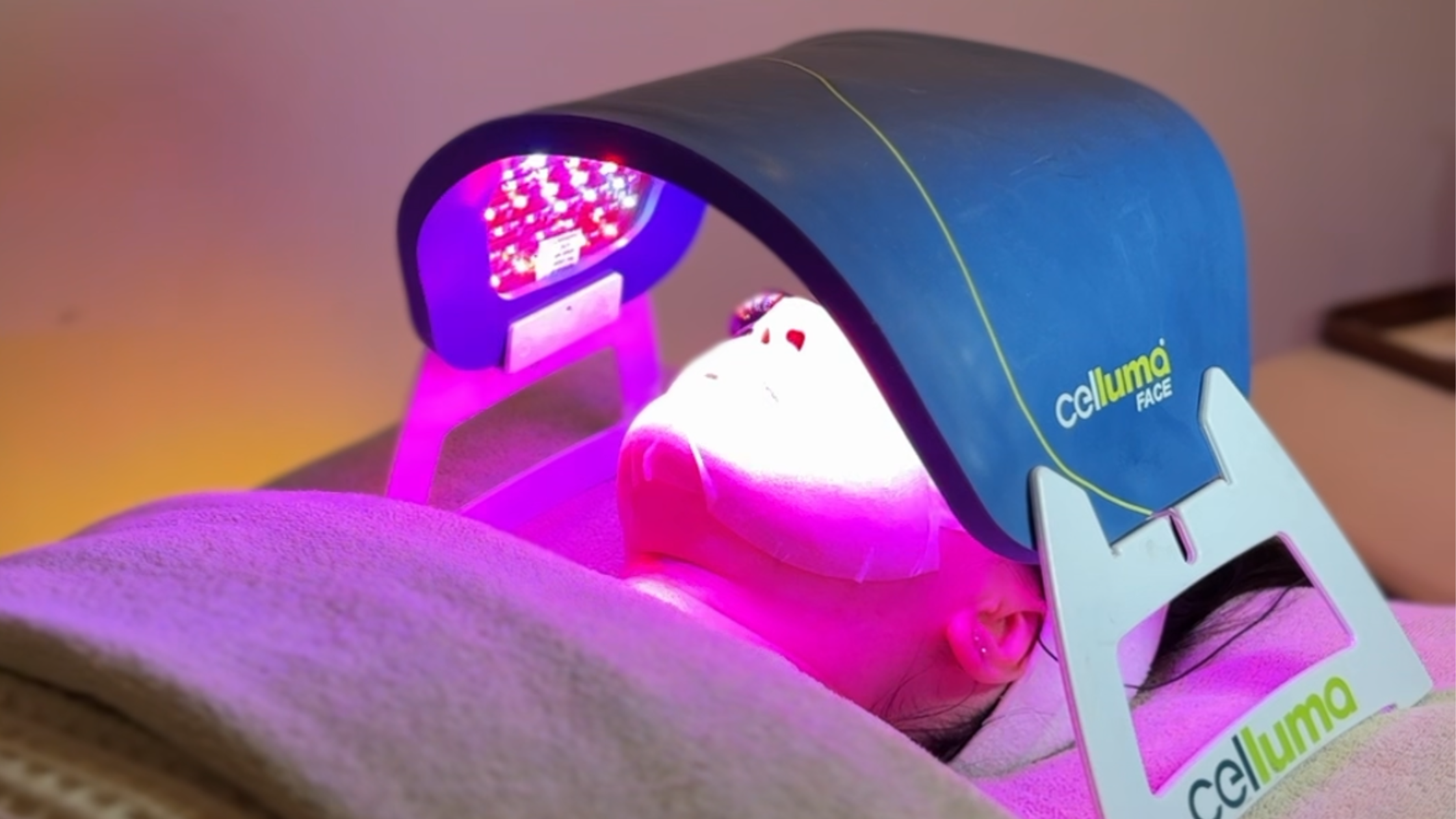Graceful #012 - Is Your Skin Barrier Secretly Ageing You?
We’ve spent years chasing quick fixes — lasers, peels, injectables — all in the name of ‘anti-ageing’. But the more I work with skin, the more I see that skin longevity isn’t built on intensity; it’s built on resilience. And that resilience starts with the skin barrier — the quiet, intelligent layer that regulates inflammation, locks in hydration, and shields against the daily stressors that accelerate visible ageing. When it’s strong, skin looks calm, plump, and youthful. When it’s compromised, every sign of stress; dullness, fine lines, redness, or sensitivity is amplified.
If we want skin that truly ages well, it begins here; with the barrier. You’ve probably heard the term, but what does it really mean? Let’s discuss.
When Skin Speaks:
A few months ago, my skin felt like it was speaking a language I couldn’t understand. It was dry but oily in places, flushed on my cheeks, showing a few new spots of pigmentation, and developing tiny breakouts along my chin and nose — not something I typically see. Products I had trusted for years no longer delivered the results I’d grown used to. At first, I assumed it had to be an internal issue; as you know I firmly believe that our skin is like a report card for our internal health.
So, I made some changes: I reduced my egg intake (which I do think helped with the breakouts btw), had my blood-work done (my iron was low — a reminder to check yours if you menstruate — and my vitamin D levels), got into bed earlier, increased my omega supplements, and reintroduced daily green smoothies for liver support. All of these shifts were helpful to some degree.
But slowly I realised the main culprit: I had been overzealous with my skincare actives — something that can easily happen when testing multiple products. Skin, I have to remind myself, doesn’t thrive on intensity; it thrives on care, consistency, and, despite what the beauty industry may suggest — patience.
Seeing this in my own skin, and noticing a rise of similar cases in clinic, made me pause and reflect on the skin barrier: our often-overlooked shield. The good news is, with the right approach, it can be restored.
What the Skin Barrier Actually Is
The skin barrier is the very top layer of your skin – technically; the stratum corneum – and the slightly acidic ‘mantle’. The skin's acid mantle is a blend of sebum: oil we produce, and sweat: from pores, that creates a thin, protective, and slightly acidic film on the skin's surface. We also have a small community of microbes living up there. Our skin cells beneath are stacked together like bricks and held together by a waxy mortar of lipids, which are ceramides (yes the same we read about in products - which is why they’re important), cholesterol and fatty acids.
So, What Can Weaken It?
Several factors can chip away at the skin barrier, and they generally fall into intrinsic or extrinsic influences — or often a combination of both (we discussed these in #002 issue ‘why we age’). Intrinsic factors come from within, like stress, lack of sleep, hormonal shifts, or skin conditions with a genetic component like eczema. Extrinsic factors are environmental or external, such as harsh weather, pollution, or certain skincare ingredients used too frequently or at too high a concentration.
In practice, this shows up as:
Over-exfoliation and actives overload: acids, retinoids, or too many products at once can overwhelm skin.
Harsh cleansing: soaps or foaming or active cleansers strip natural oils.
Environmental stressors: sun, wind, pollution, or temperature extremes.
Internal factors: stress, lack of sleep, poor diet, or hormonal shifts.
Age: as we get older, the skin slows its production of lipids and natural hydrators.
Skin barrier aggressors are all around (particularly for those living in cities), and recognising your own triggers is the first step towards healing your skin barrier. In my experience, the most common cause I see in clinic is overusing actives or layering too many products at once, and even more so heading into a new season. Skin gets overwhelmed — just like mine did.
Signs Your Skin Barrier Might Be Compromised
If your skin struggles to retain moisture and feels dry or tight, you could be dealing with an impaired skin barrier. It may appear ashy or flaky, and products — especially actives — can sting or irritate. That old “if it stings, it’s working” mentality is actually counterproductive over time. You might also notice breakouts, rosacea, or perioral dermatitis around the nose, eyes, or chin.
The skin can look redder or darker than usual in places, and itchiness is common. Texture changes are also typical, with the surface feeling bumpier or rougher — often mistaken for breakouts, which leads people to reach for more actives, unintentionally worsening the barrier. Those with sensitive skin are particularly prone to disruption, so it’s important to be deliberate and mindful in keeping it strong and healthy.
These are before and afters from a brand I am trialling in clinic - Epicutis. More on this in ‘From My Desk’ below.
How to Repair Your Skin Barrier
The first thing, is to identify and eliminate any triggers that may be contributing to skin barrier damage. Most importantly; strip your skincare routine back and keep it simple. Think cleanser, moisturiser and SPF – remove any retinoids or acids, in particular.
Some tips:
1. Simplify Your Routine
When your skin feels compromised, less is more. Focus on the basics:
Cleanser: gentle, creamy, fragrance-free options like La Roche-Posay Toleriane Dermo-Cleanser or CeraVe Hydrating Cleanser.
Moisturiser: rich in ceramides, fatty acids, and cholesterol — for example, Dr Jart Skin Barrier Cream or SkinCeuticals Epidermal Repair or even something simple like Avene Cicalfate or LRP Cicaplast.
SPF: broad-spectrum daily protection, ideally fluid-based to minimise friction - Bioderma is great here.
2. Incorporate Barrier-Friendly Ingredients
Barrier-repairing ingredients backed by both research and clinical experience:
Ceramides: restore the skin’s protective lipid layer.
Niacinamide: calms inflammation and strengthens resilience.
Fatty acids: replenish essential lipids.
Hyaluronic acid or glycerin: draw moisture back into the skin.
Pro tip: Apply products on damp skin and press gently rather than rubbing to lock in hydration and minimise irritation.
3. Avoid Aggravating Factors
Even small habits can undermine recovery:
Stop manual exfoliation and rough scrubs — microfiber rounds are gentler than cotton.
Use lukewarm water instead of hot, especially after showers.
Avoid fragranced or alcohol-heavy products.
Reintroduce* actives gradually, one at a time, starting with gentler options like retinaldehyde or PHAs.
4. Lifestyle Support
Skin barrier health is influenced by more than just what you put on your skin:
Sleep: 7–9 hours each night allow natural repair processes to peak.
Stress management: meditation, gentle movement, or quiet walks help reduce inflammation.
Nutrition: include antioxidant-rich foods, healthy fats, nuts, fish, and consider omega oil supplements.
Hydration: keep water intake consistent throughout the day. Aim for 2L +
Tip: Nighttime Matters
Barrier repair peaks during sleep. Apply moisturiser generously at night, keep your bedroom slightly humidified if heating on, and use a silk or soft cotton pillowcase to reduce friction. My faves are in ‘From My Desk’ below.
5. In-Clinic Treatments to Support Barrier Repair
Often, professional treatments can accelerate repair and strengthen resilience:
Ultrasound or sonophoresis infused serums: enhance penetration of ceramides, hyaluronic acid, and other barrier-repairing ingredients with an energy technology for deeper hydration and nourishment.
Red light LED therapy: supports collagen production, reduces inflammation, and encourages natural barrier repair.
Gentle facial massage: improves circulation and lymphatic drainage, supporting healthy skin function.
*A Note on Reintroducing Actives
Once your skin has recovered, reintroduce actives gradually and mindfully. Pay attention to how your skin looks and feels — hydration, plumpness, and overall comfort are good indicators. Taking photos once a week, for example every Sunday night, can help track progress objectively. Introduce one active at a time: for instance, use a retinoid for a few weeks before adding vitamin C or a liquid exfoliant back into your routine. This helps maintain balance, but also makes it much easier to identify potentially irritating products in your routine.
Not everything works for everyone; I’m always happy to help via a free skin prescription or an online consultation.
Lastly; Expectations
Healing takes time. You may notice improvements within a week or two, but full recovery can take a month or more. Long-standing damage may require up to three months. Your skin may feel worse before it gets better — that’s normal. This is often where in clinic treatments can help bolster healing too.
The skincare and aesthetics industry thrives on speed and silver bullets, but true skin health is built on consistency, care, and patience — not shortcuts. Please keep this in mind when scrolling.
From My Desk This Week:
✨ One product I’m loving: Lately, I’ve been experimenting with a relatively new brand in clinic: Epicutis (Selena Gomez’ new husband, Benny is a big fan). Their lipid serums and masks are often celebrated for post-procedure (like fractional laser, deep peels and surgeries) recovery. They are anti-inflammatory, soothing, and designed to support the skin when it’s most vulnerable, but with amazing results for many common concerns too. I’m finding them invaluable for barrier repair; very on theme. In treatments I love pairing the lipid mask with light radio frequency, which gently warms the skin to stimulate cellular activity, increase circulation and collagen production, but also temporarily enhances permeability; so these products can truly penetrate deeper into the skin and repair the barrier. Send me a Whatsapp to discuss including this in your next treatment, or if you’d like to try the masks at home. Their before and after transformations are quite incredible.
📖 What I’m reading/listening to: This morning, I tuned into Martha Stewart Unfiltered — not my usual podcast of choice, but after watching her documentary, I have to say she’s both iconic and a personal branding genius, decades ahead of her time. Long before “influencer” was a thing, she built entire businesses around herself — the first true celebrity entrepreneur, mastering media, product lines, and audience loyalty with such foresight. She talks about her new skincare launch, which, honestly, I’m impartial about — another celebrity line — but what strikes me is her ability to stay relevant, adapt, and evolve while staying unmistakably herself. Unexpectedly candid and grounded, she reflects on her life and how she has had to; not reinvent herself, as she insists, but to evolve. A light, refreshing, and surprisingly inspiring listen — a reminder that we can thrive at any age and overcome huge hurdles with the right mindset.
📣 In the media: The recent gel polish ban in the EU has sparked attention, with questions now turning to when — not if — it will land in the UK. For many businesses and consumers, it’s a big change, especially for those who rely on gel mani-pedis as part of their regular beauty routine. Beyond the immediate disruption, I can’t help but wonder if it points to a broader cultural shift. Will we see this attitude toward transparency and longer term ingredient impact start to influence any ingredients that are in skincare and personal care products too? Maybe it signals a subtle return to more ‘ingredient-conscious’ products — not in a preachy Goop / “clean beauty” way, but more thoughtful and considered. Either way, it will be interesting to see how consumer expectations and product development evolves over the next few years (and how our toenails will look after a week in Mallorca, sans gel pedicure).
💡 Small shift to try this week: Have a think about your pillowcase in regards to your skin health — the fabric, the wash, and how often you change it. Avoid fragranced detergents that can irritate sensitive skin, change your pillowcase regularly (2x a week or more particularly if breakout prone) and consider silk or soft cotton (I like Slip silk or Rise and Fall soft and smooth range) to reduce friction overnight. Small shifts like these can quietly support barrier health while you sleep.
As always, I hope this helps us all navigate some popularised topics around ageing with intention and ease. I’d love to hear your questions or any topics you’d like me to break down in future newsletters, just reply to this email.
With grace,
Charlie x
PS: Please forward this email on to anyone you think might find it insightful. They can sign up here, and read past issues here.

